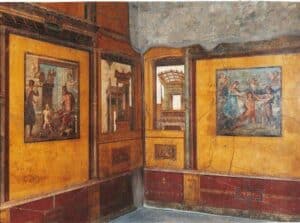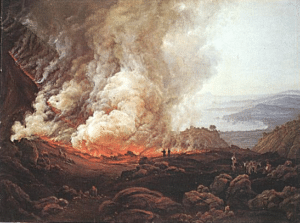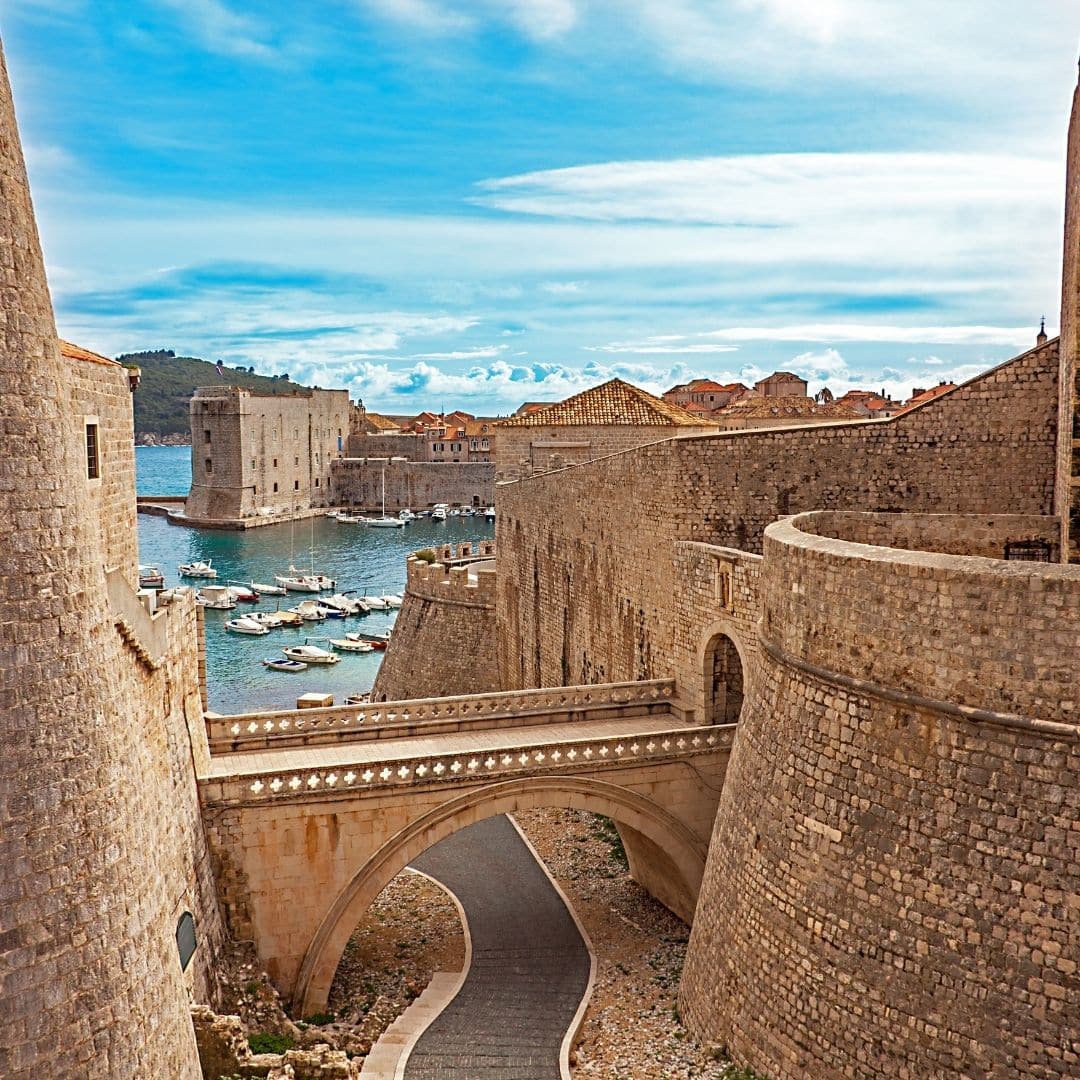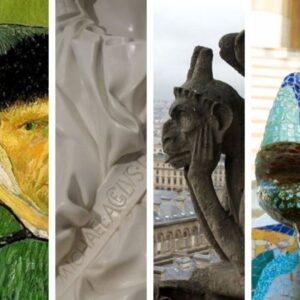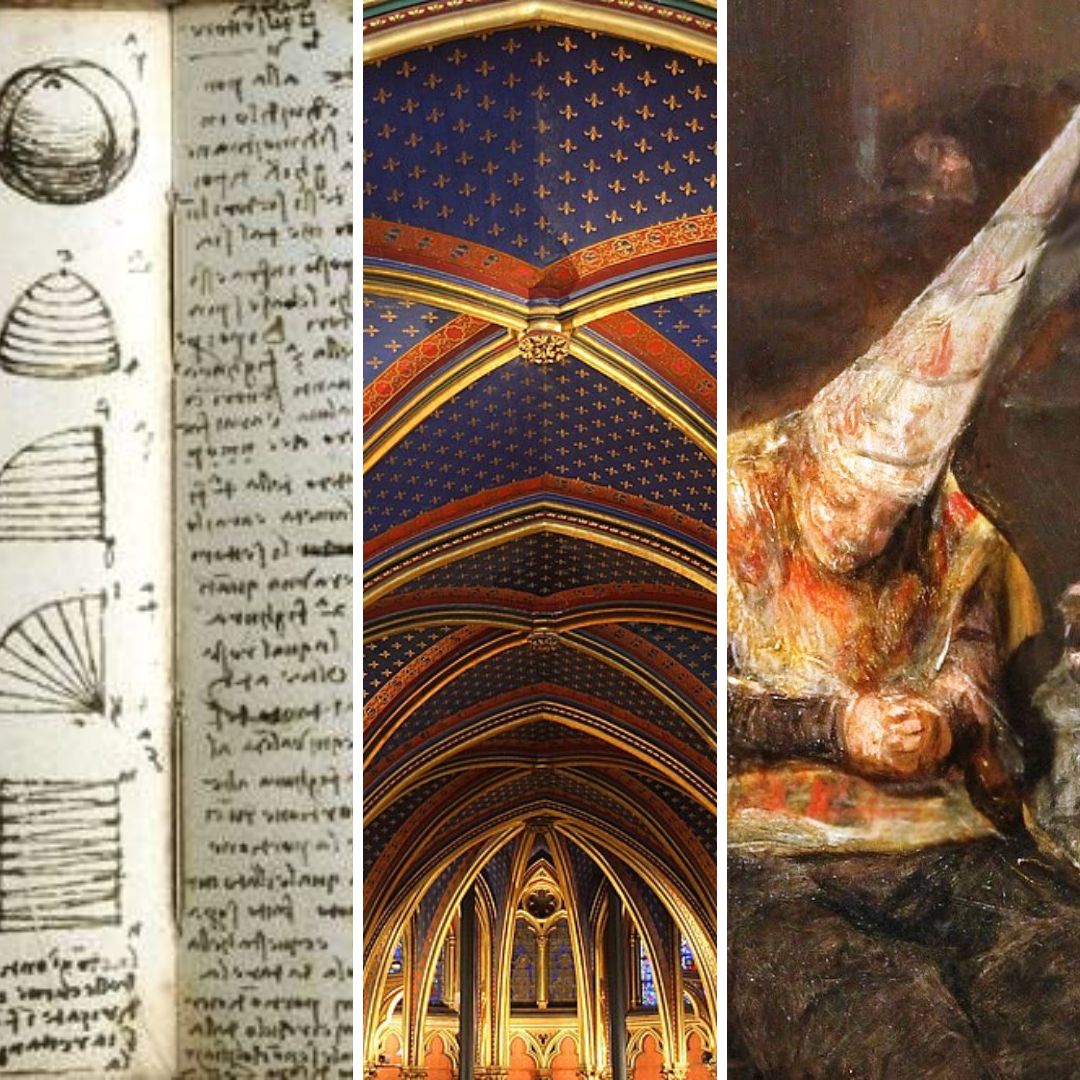“many catastrophes have happened in the world, but few have given posterity such joy”.
Johann Goethe about the eruption of Vesuvius
The ruins of Pompeii and Herculaneum tell the story of nearly nineteen hours of torment when Vesuvius erupted on August 24, 79, in the Bay of Naples in the Campania region of southern Italy.
You can also read post in Português | Español
Learn more about the curiosities of Art History in the online courses CURIOSITIES OF ART AND HISTORY
The volcano
The 1281-meter-high volcano, a source of wealth for agricultural production, particularly vineyards, had not been active for seven centuries.
Unaware of the volcanic phenomenon, the inhabitants of Pompeii lived quietly building the city thinking it was an imposing and beautiful mountain.
and beautiful mountain.
The eruption of Vesuvius
However, the eruption of Vesuvius surprised the populations of Pompeii and Herculaneum decimating them and creating panic in an action they thought was punishment from the gods.
20,000 to 30,000 people died in the earthquakes and fires, shot by the rain of pumice during the escape, crushed in their homes by the rock-laden ceiling, asphyxiated by the toxic gases of the 20-kilometer smoke cloud and thermal shock with the lava, in addition to suicides.
Pompeii and Herculaneum

Streets of Pompeii
It is now possible to visit the two cities that have remained untouched, their houses, streets, frescos, bathing areas, monuments, and to see the 1,150 bodies found , some of them transfered in plaster, of the people and animals who died with expressions of terror on this fateful day of the eruption of Vesuvius .
 Garden of the Fugitives, with plaster casts of the victims of the eruption of Vesuvius
Garden of the Fugitives, with plaster casts of the victims of the eruption of Vesuvius
The discovery of Pompeii and Herculaneum
Pompeii stayed under six to twenty-five meters of ash (ten billion tons) for 1669 years, until it was discovered with the construction of an aqueduct and excavations began in 1748.
The excavations still continue today thanks to European funds that have invested more than 104 million euros.
Pliny’s reports about the eruption of Vesuvius
Only then the historians believed the dramatic descriptions of the eruption of Vesuvius by Pliny the Younger (61-114), a jurist and politician from Miseno, located 30 kilometers from the volcano, who wrote about it in letters to the historian Cornelius Tacitus.
Tacitus.
For centuries, the letters in which he described his uncle Pliny the Elder dying of asphyxiation when he recklessly approached the volcano by boat were considered surreal and exaggerated.
“many catastrophes have happened in the world, but few have given posterity such joy”
Regarding the eruption of Vesuvius , on a trip to Italy in 1816, Johann Goethe said “many catastrophes have happened in the world, but few have given posterity such joy”.
The fact is that thanks to the lava, the buried cities have been preserved for centuries in optimal condition, which today makes it possible to visit them and recreate a clear and faithful picture of antiquity, despite their age.
The “fresco” paintings discovered in villas and courtyards have allowed the reconstruction of many aspects of daily life in ancient Rome.
